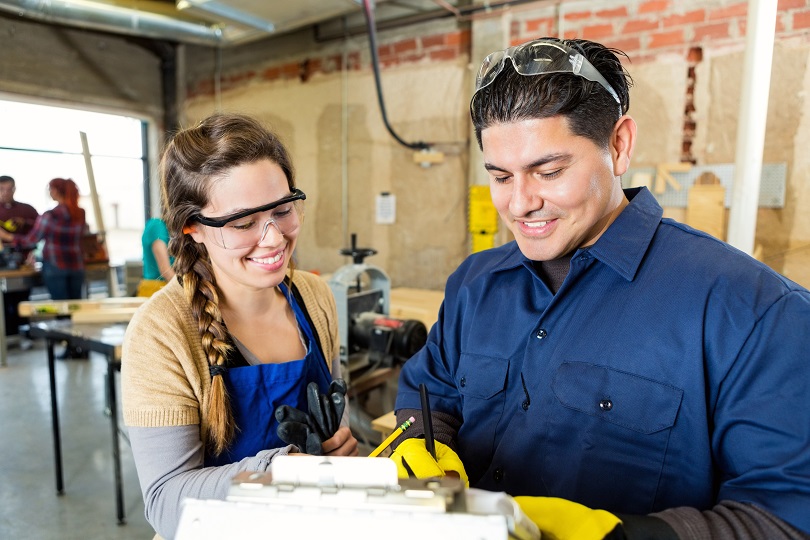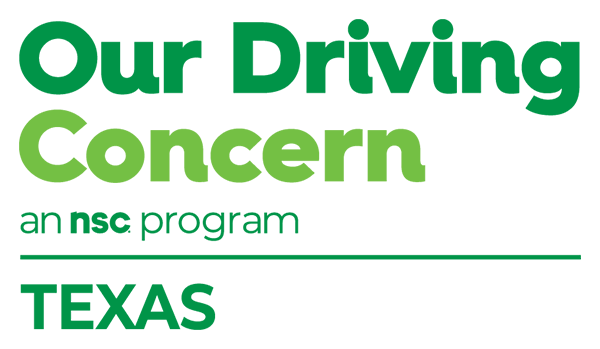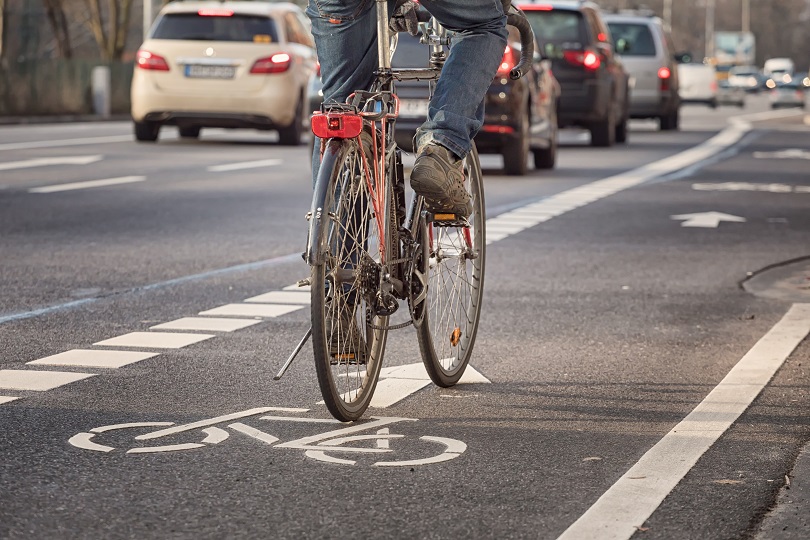Big or Small, the Road is for All
Many of you are recognized safety leaders. Your coworkers make up the social fabric of communities across Texas. As part of your routine health and wellness activities, watching out for them means you ask from time to time if they are OK. You step outside normal workplace-safety boundaries and connect on a more personal level.
Maybe you sponsor an annual blood drive at your location or count steps during a walking challenge. Your coworkers also are not only drivers; they are walkers and bicyclists. So, why not celebrate fitness and prioritize safety during National Bike Month in May?
Some ride to work every day to help the environment or to get some exercise. Start with this question: What is your reason to ride? Share the following bicycle safety tips:
- A bicycle is a vehicle and you’re the driver – obey traffic laws
- Wear a helmet
- Ride in the same direction as other vehicles
- Be alert and be predictable
- Look before turning
- Wear bright colors during the day, reflective clothing at night, and equip your bicycle with flashing lights
- Watch for parked cars or cars backing out of parking spaces; the doors could swing open or the driver might not see you
These Resources will Help Get the Message Out
The League of American Bicyclists offers National Bike Month posters and social media images, and be sure to download and share this Texas Guide to Safe Bicycling from the Texas Department of Transportation. Get tips to avoid the two main types of bicycle crashes – falls and collisions with cars – from the National Highway Traffic Safety Administration.
- Print and display or share digitally our May Traffic Tabloid piece: Sharing the Road = Working Together.
Watch and learn about the far-hand reach from the National Safety Council. This simple technique will stop you and your passengers from opening vehicle doors in front of an oncoming vehicle, cyclist or pedestrian. Share this video: Bicycle Safety and the Far-Hand Reach.
In the U.S., about 80 million bicyclists share the road with motorists. About 65% of bicycle fatalities occur in crash incidents involving motor vehicles, according to Injury Facts data analysis from NSC. Make it a point to provide continuing education and set a goal to reduce incidents. Make it a contest for your employees and their family members to log their bicycle miles this spring and summer. You always win with safety.

Because It’s Personal
Impairment affects concentration, judgment, vision and reflexes – all functions that are vital for employees to be efficient on the job and safe behind the wheel.
In our next free online training Wednesday, May 18, Officer Jermaine Galloway, the Tall Cop who Says Stop, will discuss over-the-counter drugs, some you have heard of, others you may not be familiar with. He also will explain how these drugs can evade detection of company drug tests. Some of these OTC drugs produce or amplify the effects of opioids and amphetamines.
Click on this link and register to attend now: High in Plain Sight: Current Drug, Impairment and Impaired Driving Trends.
Create an environment free from impairment with policies, procedures and materials from the National Safety Council and Our Driving Concern designed to support employee health and prioritize safety:
- Substance Use Employer Calculator: Learn how substance use impacts your workforce
- Free Warn-me Labels: Reduce your opioid risk
- Employer Toolkit: Address workplace opioid use
- Traffic Safety Huddle: Deliver a safety talk during your next team meeting
- Micro e-learning: Get employees thinking about safe driving with these free lessons, including one on impaired driving
Safety is more than a company value. Safety is valuing each one of your people individually and making sure they stay out of harm’s way. Keeping your people safe at work — free from impairment, addiction and injury – is personal.

